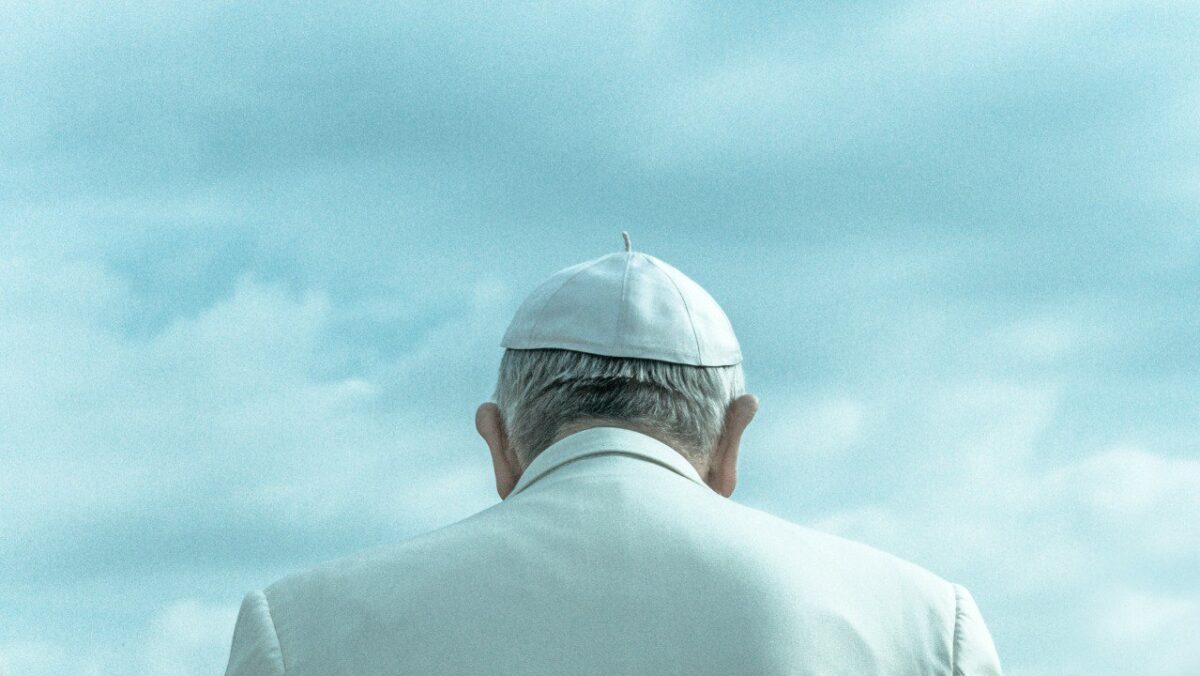Fazal Malik and Farhan Khokhar, Canada

This analysis is rooted in religious doctrine and is not intended to pass judgement on individuals or communities. Instead, it aims to explore the theological and doctrinal implications of these changes within the Catholic Church. The discussion here is about religious teachings and their interpretation in the context of evolving Church positions.
The Vatican recently made headlines by granting tentative approval for the blessing of same-sex civil unions. However, these blessings cannot resemble or contain elements of traditional marriage ceremonies between a man and a woman. This compromise by Pope Francis aims to show more acceptance towards LGBTQ Catholics who feel excluded. This development presents a challenging juxtaposition with the Catholic Church’s long-standing doctrines on marriage and sexuality, raising questions about doctrinal consistency.
At first glance, the move appears pastoral by welcoming a marginalised group. But in reality, it sows confusion through vague guidelines rather than taking a clear stance. The Church still defines marriage as an exclusive, lifelong covenant between a man and woman that is essentially oriented towards bearing and raising children. (“CODE OF CANON LAW”, www.vatican.va) If so, what then would a same-sex union blessed by the Church consist of? The rules remain unclear as to what exact blessings are permissible and appropriate.
Additionally, approving any form of blessing signals veiled permission for the same-sex unions themselves. Yet the Catholic Catechism clearly states that homosexual acts are “intrinsically disordered” and that under no circumstances may they be condoned. (“Catechism of the Catholic Church”, www.usccb.org) If same-sex couples can now receive blessings, it severely clashes with established doctrine prohibiting sexual activity between persons of the same gender.
This situation creates a complex scenario within the Church, potentially leading to doctrinal ambiguity that could concern different factions within the faith, from so-called progressives to traditionalists. It invites valid accusations of hypocrisy and doublespeak by claiming to endorse both Catholic teachings against homosexual relations on the one hand and blessings for same-sex couples on the other.
Ultimately, this precarious compromise appears ready to collapse from its own contradictions. The Church cannot logically endorse orthodox doctrine while also welcoming same-sex unions and expecting faithfulness to traditional Catholic values. This deep tension between teaching and practice cannot hold indefinitely without stretching reason to the breaking point.
Most faith traditions have long considered heterosexual marriage vital for social stability and continuity. Across major religions, exclusive conjugal bonds between men and women serve essential functions like procreation, child-rearing and intergenerational connections.
The Bible speaks of the first woman being created “as a helper fit for [Adam]” (Genesis, 2:18) and urges the unity of husband and wife not to be divided. Similarly, the Holy Quran upholds marital intimacy as a moral safeguard. In these religious contexts, marriage is seen as sacred and integral to family structure and societal continuity. Any significant redefinition, such as the validation of same-sex unions within these religious contexts, represents a complete shift from these traditional teachings. This doctrinal compromise might lead to challenges in maintaining the historical integrity of the Church’s teachings.
In the context of Catholic teachings, moral boundaries and divine laws are seen as fundamental to guiding adherents towards a life in accordance with Church doctrine. These principles are not intended as arbitrary exclusions but as part of a theological framework that aims to uphold the collective spiritual welfare of its followers. The Church’s role, as it is perceived, involves the stewardship of these principles, ensuring their transmission and adherence within the Catholic community.
If the Church, perceived by many as having already strayed from its original teachings, continues to further abandon its stated role as a “steadfast guardian and transmitter of revealed wisdom” to guide humanity, it risks losing sight of preserving whatever elements of truth still remain in it, across peoples and time.

